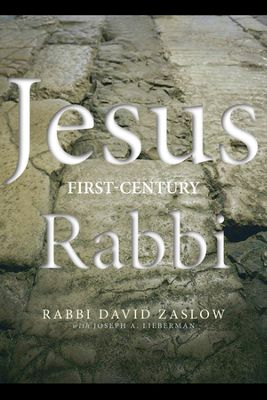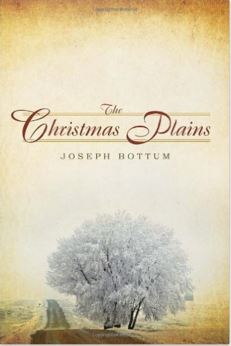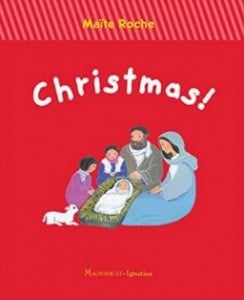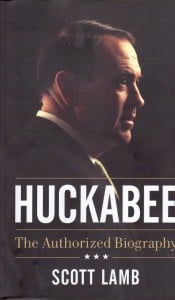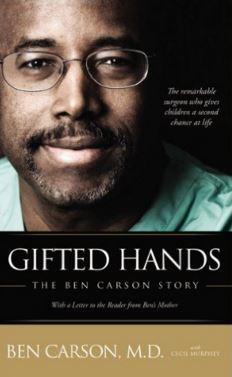“God makes himself felt in the heart of each person. He also respects the culture of all people…. God is open to all people. He calls everyone. He moves everyone to seek Him and to discover Him through creation.”
–Jorge Mario Bergoglio (now Pope Francis)
in On Heaven and Earth
As a Catholic, I found it unsettling to review a book by such an esteemed scholar as Rabbi David Zaslow. Might we, I worried, stand unflinching on opposite sides of a yawning chasm:
- he, speaking only of g*d in his divine Oneness;
- me, affirming the Trinitarian God who is Father, Son and Holy Spirit.
What I experienced, though, from the very first page was a kinship with this kindly seeker. I found myself drawn into the conversation, an eager participant in a fruitful exchange of ideas.
In Jesus: First-Century Rabbi, Rabbi Zaslow exhibits a remarkable generosity which enables interfaith dialogue to bear fruit. He writes:
“I come to you with the excitement of a fellow believer who has good news to share with you. It amazes me how much I know about Jesus’s daily spiritual life simply because I practice Judaism. I know what prayers he might have said each morning; I know what Torah portions he studied each Sabbath; I know how he celebrated the holidays and what issues recorded in the Oral Torah were being debated during his lifetime. I remember looking at Matthew 14:19 for the first time, reading about Jesus holding up the loaves and fishes and making a blessing. The words in English would have been, “Blessed are You, Holy One our God, King of the universe, Who brings forth bread from the earth.” I realized that it was ironic that every religious Jew today knows the blessing that Jesus might have spoken, but very few Christians do.”
And Rabbi Zaslow is correct. There are many good reasons to sit at his knee, listening to the intimate portrait he paints of the Jewish Jesus.
I was especially interested in the chapter on the Jewishness of Jesus, where Rabbi Zaslow pairs topical verses from the Talmud with verses from the Christian New Testament. He understands Isaac as a prototype for Jesus. Zaslow sheds light on the Hebraic tolerance of scriptural ambiguity (not to be confused with moral relativism), which render acceptable multiple meanings for a single phrase.
His stories about the contemporaries of Christ, about Jewish feasts and traditions, about the Jewish understanding of good and evil, all enhance the Christian understanding of our own traditions.
A Point of Disagreement: Reliance on the Written Word and on Tradition
And yet at times, I found myself daring to disagree.
“One of the major underlying differences between Judaism and Christianity,” he writes, “is that every Jewish denomination is in some way engaged in an ancient oral tradition in addition to written Scripture.” He explains that religious Jews everywhere study the stories and follow, to varying degrees, the ritual and moral commandments of the Torah, the five books of Moses. But in addition to this, Jews study the stories, laws, and commentaries that are found in what’s called the Oral Tradition.
He goes on to describe what is metaphorically called the “white space” of the Torah.
Perhaps Rabbi Zaslow’s disagreement was with a fundamentalist, “Bible only” sect; but Catholics universally would insist on the union of the Sacred Scriptures and tradition.
The Catechism of the Catholic Church says:
“Sacred Tradition and Sacred Scripture, then, are bound closely together and communicate one with the other. For both of them, flowing out from the same divine wellspring, come together in fashion to form one thing and move towards the same goal” (no. 80).
It goes on to say:
“And [Holy] Tradition transmits in its entirety the Word of God which has been entrusted to the apostles by Christ the Lord and the Holy Spirit. It transmits it to the successors of the apostles so that, enlightened by the Spirit of truth, they may faithfully preserve, expound, and spread it abroad by their preaching” (no. 81).
St. Paul mentions tradition several times in his epistles, reminding both Timothy and the Thessalonians to stand fast to the traditions he taught them. In his Second Letter to Timothy, Paul wrote:
“Take as a model of sound teaching what you have heard me say, in faith and love in Christ Jesus. Guard the rich deposit of faith with the help of the Holy Spirit who dwells within us” (1:13-14).
Later, in the same letter, he instructs Timothy further:
“You then, my son, be strong in the grace that is in Christ Jesus, and what you have heard from me before many witnesses entrust to faithful men who will be able to teach others also” (2:1-2).
From this Catholics understand that the apostolic Tradition, the oral teaching of the apostles, was to be preserved and transmitted from generation to generation. St. Paul doesn’t write to Timothy and say, “This is all you need for salvation”; rather, he writes Timothy to entrust to other faithful men, who will be able to instruct others, what he preached, and Timothy heard, before many witnesses.
In the Second Letter to the Thessalonians, St. Paul is just as explicit:
“So then, brethren, stand firm and hold to the traditions which you were taught by us, either by word of mouth or by letter” (2:15).
And since the canon of Scripture wasn’t finalized until the fifth century and was confirmed by the Council of Trent in the sixteenth century, early Christians had to rely on oral tradition—the spoken word. It was with the authority of longstanding tradition, in fact, that the Councils of Hippo and Carthage were able to define the canonical scriptures.
For more discussion of Catholic teaching on tradition, I like Fisheaters’ discourse on the Septuagint here.
Two Kinds of “Trinity”
Another point at which conversation seemed stifled by misunderstanding was in Rabbi Zaslow’s comparison of the Jewish triad with Christians’ belief in the Trinity. “Trinity,” he writes, “is the doctrine that the one God can be understood as three coequal persons called Father, Son and Holy Spirit.” Jews, he explains, don’t use the term “Trinity” to describe their own doctrines, but this…may have to do with distinguishing itself from Christianity.
Rabbi Zaslow proposes that to fully understand Judaism, it’s important to understand the Jewish triad. “In a parallel manner,” he says, “the trinity-like relationship and unity of God, Torah, and Israel is at the foundation of Judaism.”
Well, no.
I mean, yes in the sense that both “trinities” are lists of three; but there the parallel ends. Unlike the Christian Trinity, in Rabbi Zaslow’s Jewish triad, the “trinity” are not equal—rather, both the Torah and the nation of Judaism are generated by the first, the Creator God.
Additionally, Rabbi Zaslow cites Matthew 28:19, the great Commission, as the origin of Christian understanding of the Trinity.
That certainly is one Scripture verse where the three persons of God are specifically named. Also, though, there is the baptism of Jesus in the Jordan, where both the Father (as a voice from heaven) and the Holy Spirit (as a dove) are present. The Son is mentioned in Hebrews 1:1-14. Even in Genesis, the Lord said, “Let us make man in our image.”
Despite our differences in understanding and interpreting these and some other issues, I can heartily endorse Rabbi Zaslow’s Jesus: First-Century Rabbi for anyone who seeks to better understand the life and times of Jesus.

